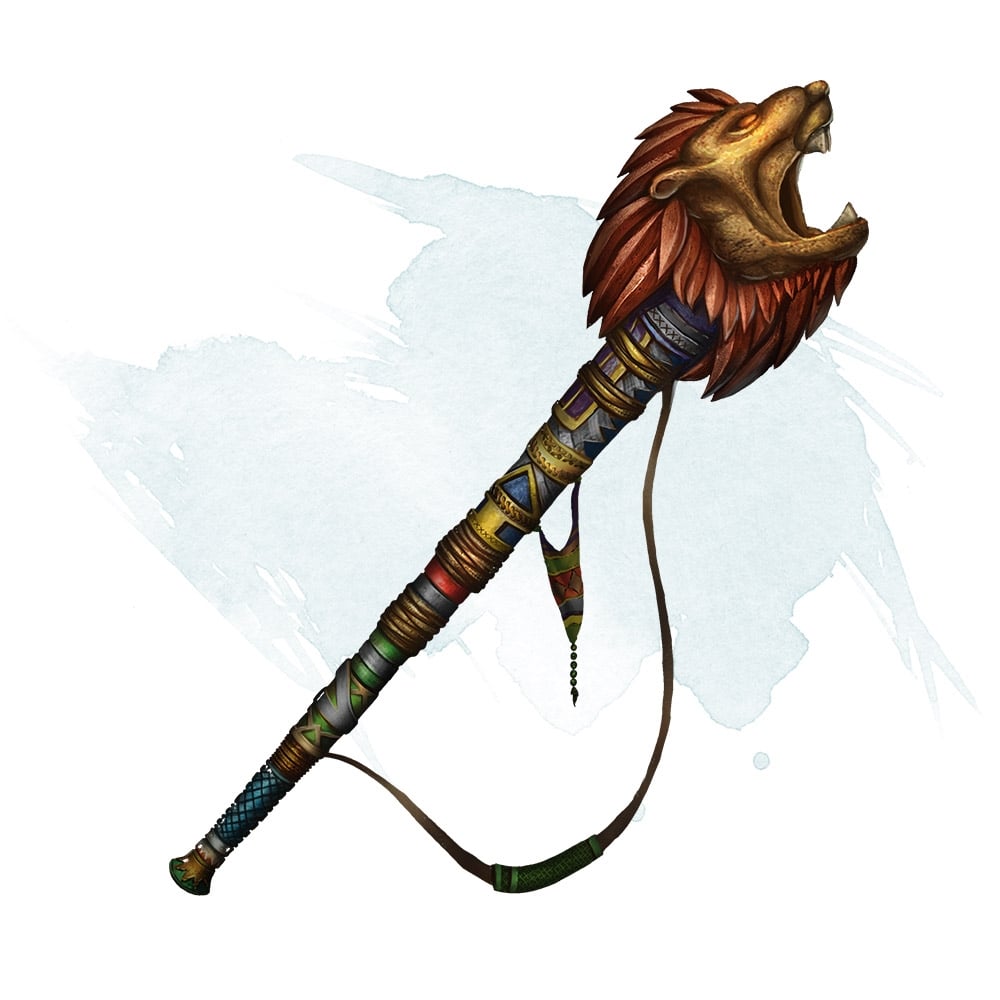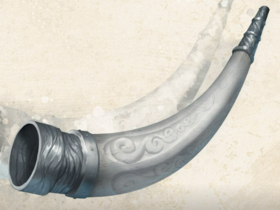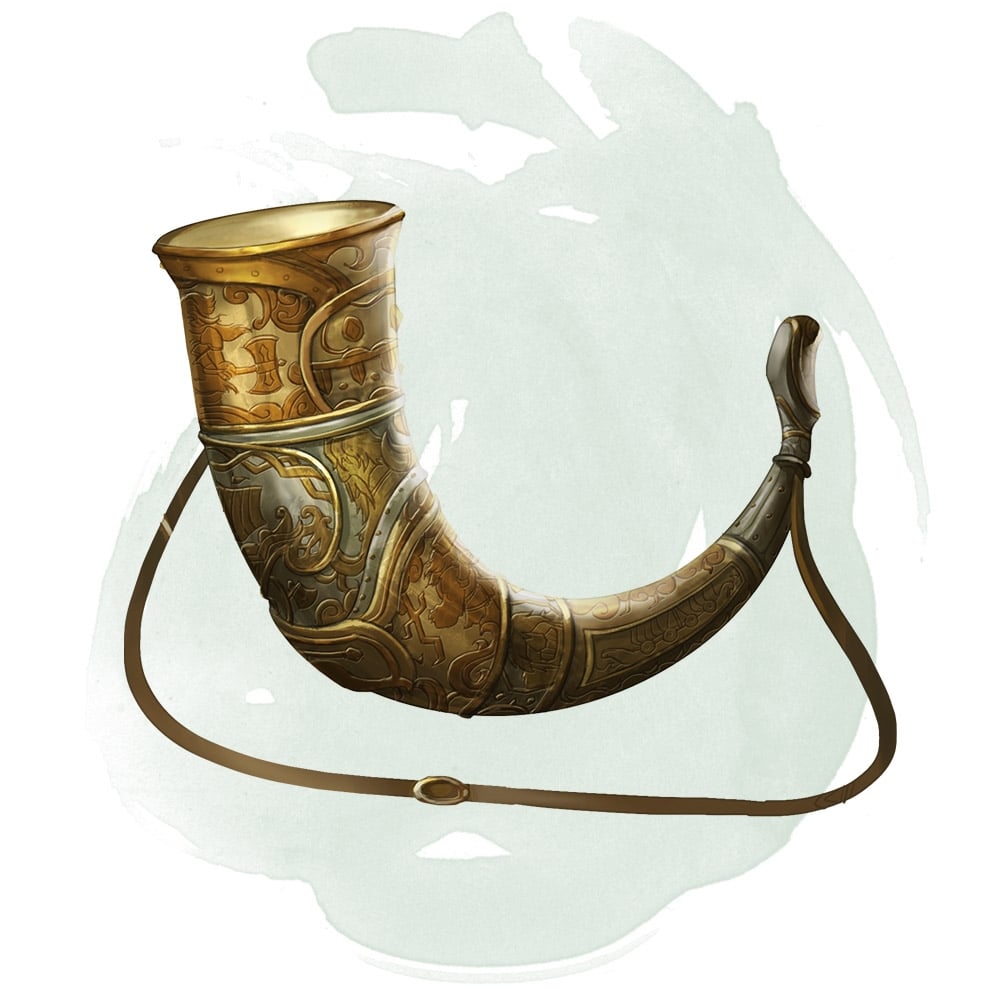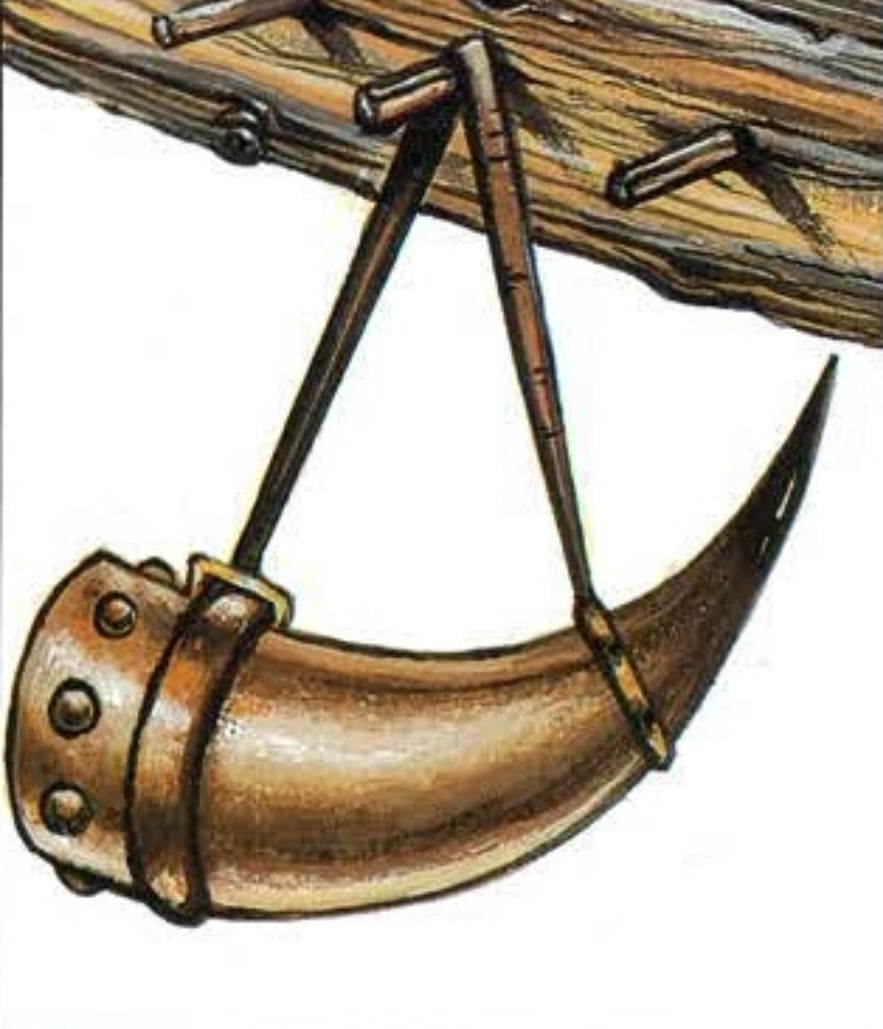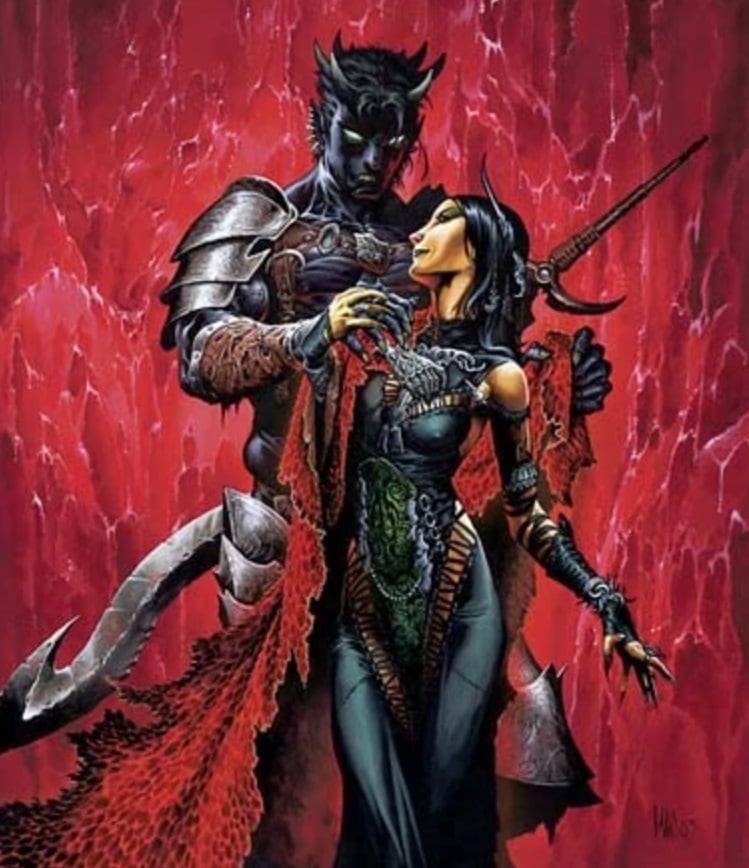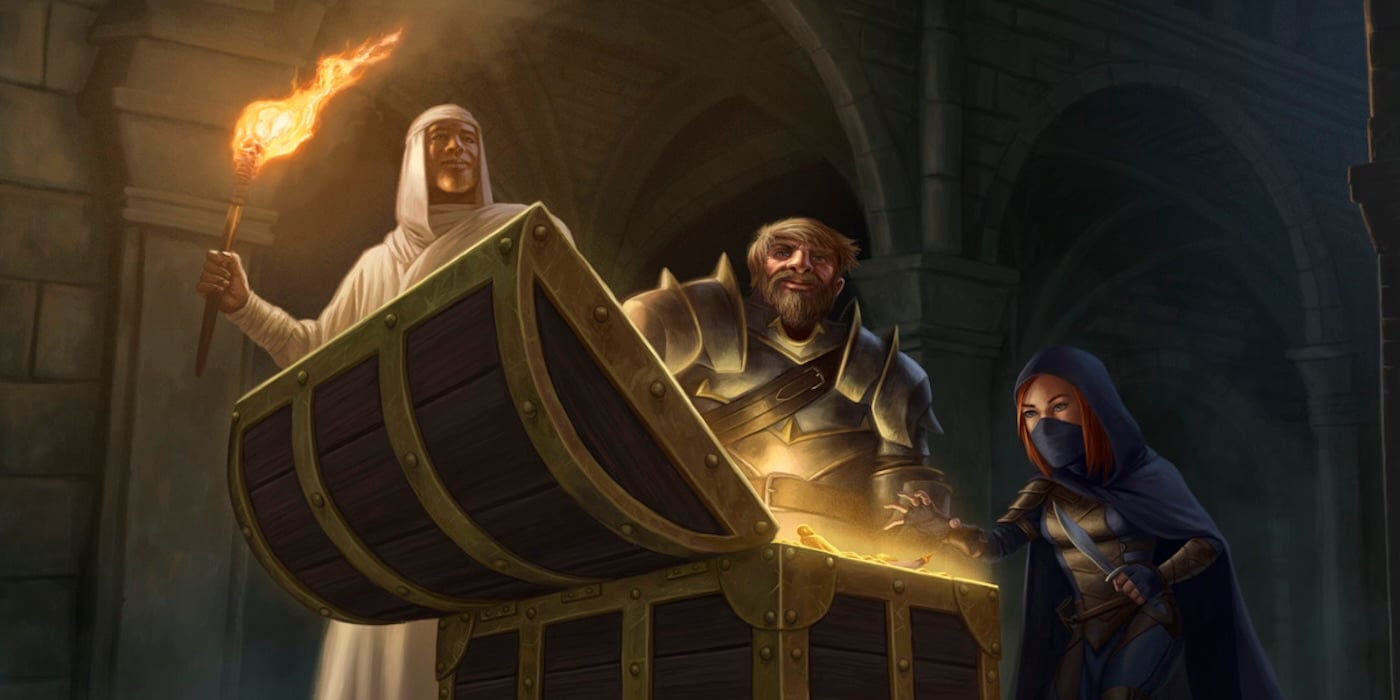D&D: These Are Five Of The Horn-iest Magic Items In Faerun
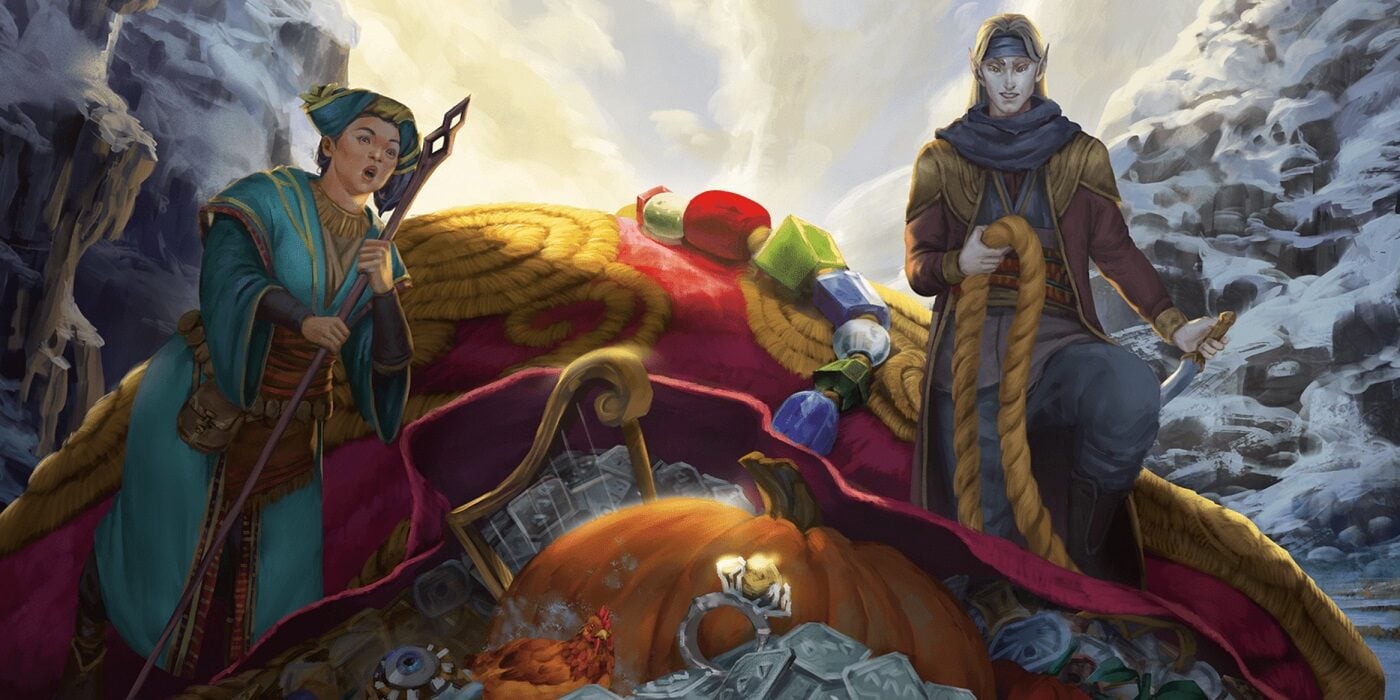
Why toot your own horn in D&D when you can toot one of these five magical horns instead and make something wondrous happen.
You know what they say, blowing someone’s horn can be absolutely magical. And nowhere is that truer than when you get your hands on a magical horn. They often turn out to be among the more powerful magic items.
Sure, you have to have proficiency. But hey that’s what backgrounds and/or class selection is for. There is absolutely nothing stopping you from picking up a level in Bard if you end up with one of these D&D magic horns, but you can also just ask your DM for horn lessons—because there are rules for learning proficiency with a tool, skill, instrument, or language in the DMG.
Why might you want to? To make use of items like these.
Horn of Blasting
The Horn of Blasting is a longstanding tradition of D&D magic horns. It’s not the most iconic one (we’ll get to that in a second), but it’s a pretty close second. And it’s not hard to see why, either.
To use the horn, you take a Magic action to blow the horn, which then blasts your enemies with a 30-foot cone that deals 5d8 thunder damage on a failed save, deafens enemies, and is audible out to 600 feet. Glass or crystal objects take double damage— so you might want to use this if it looks like someone is trying to charge up a crystal for some evil ritual.
Horn of Silent Alarm
Plucked from the still-compatible pages of Xanathar’s Guide to Everything, the Horn of Silent alarm is a common Wondrous item that might seem simple, but can be surprisingly useful—even tactical. whenever you blow the horn, you can spend one of its 4 charges to sound the horn to a single creature of your choice within 600 feet. Nobody else can hear the horn.
A great way to signal your allies (especially hidden ones because you don’t have to see them), without blowing your cover.
Horn of Valhalla
And here we have the most iconic of D&D’s magic horns. The Horn of Valhalla goes way back in D&D’s history, and it does what the name suggests. You blow the horn, and a bunch of viking warriors appear and start fighting your enemies.
Now, in this edition, you get a bunch of “warrior spirits” from the realm of Ysgard, and each uses the Berserker stat block. Per tradition, there are four different horns, each corresponding to a different metal: silver, brass, bronze, and iron.
Each metal gets you a different number of guys (from 2-5) but has stricter requirements. But if you can meet those requirements, this horn is an object lesson in how having more numbers on your side makes your party much, much more powerful.
War Horn of Valor
The War Horn of Valor comes from Bigby Presents: Glory of the Giants, and it is a very giant kind of horn. Not that it’s a big horn, just that it feels like something giants would use. There are runes to invoke and everything.
When you blow the horn (a bonus action), you end the Frightened condition on yourself and gain advantage on saving throws against being frightened until the start of your next turn. Which can be pretty clutch. But that’s just the beginning.
When you blow this magic D&D horn, you can invoke its rune, which then makes it affect creatures of your choice within 30 feet, granting you the magical bravery as well as a +1 bonus to AC until the start of your next turn.
Iggwilv’s Horn
Finally, Iggwilv’s Horn. This magic horn is said to have been created by Iggwilv herself, and it shows. Iggwilv’s Horn is imbued with eldritch power that feels dark and spooky. While blowing it as a Magic Action, you can cast either Arms of Hadar, Fog Cloud, Gust of Wind, or Web (all save DCs 13).
You can cast each spell once per dawn, so you’ll always have a trick or two up your sleeve. Or wherever you keep your magic horn.
Doot doot!

